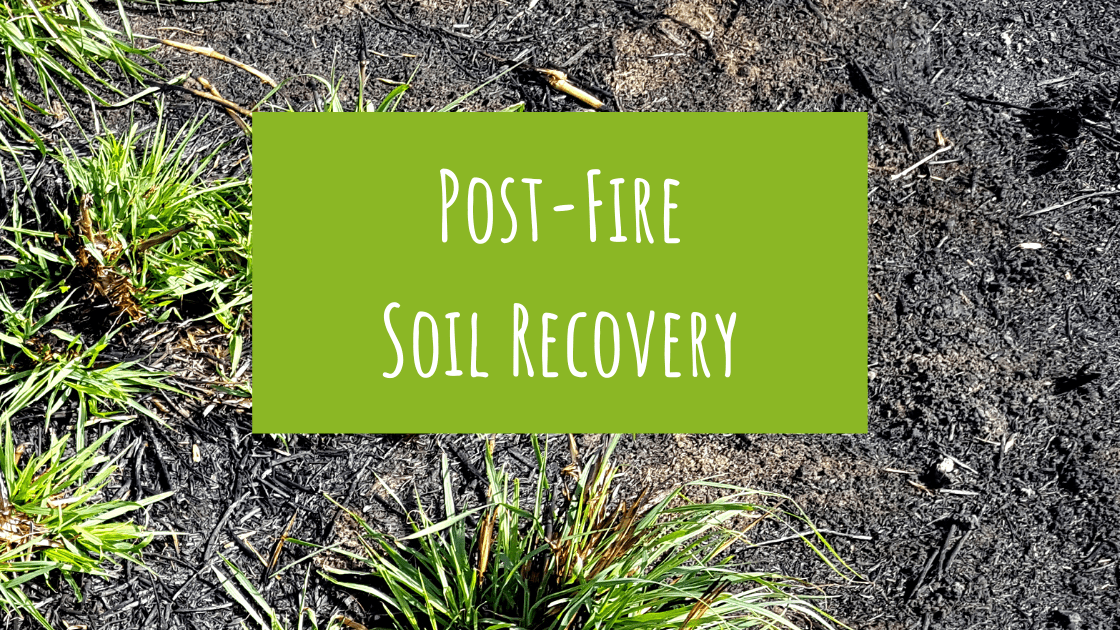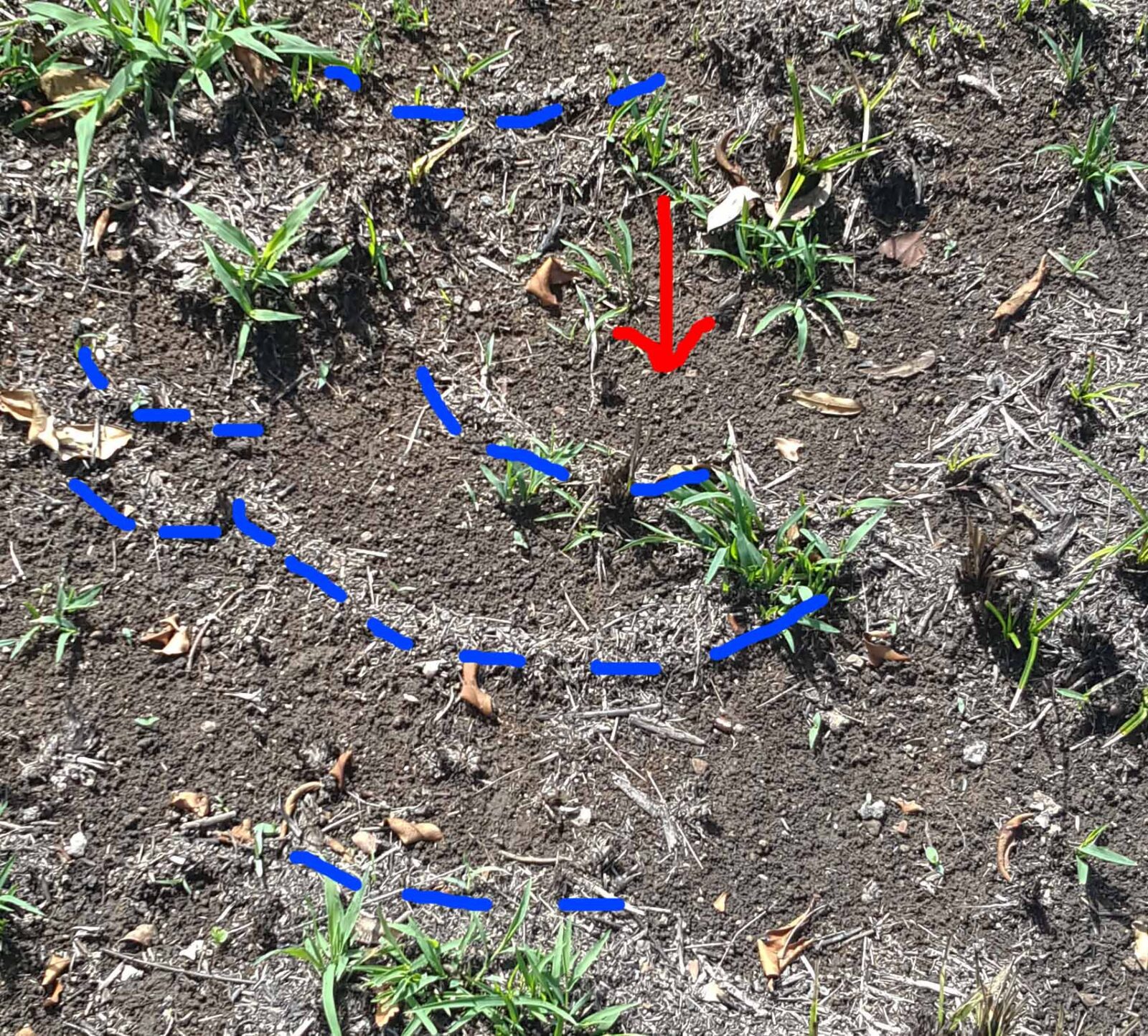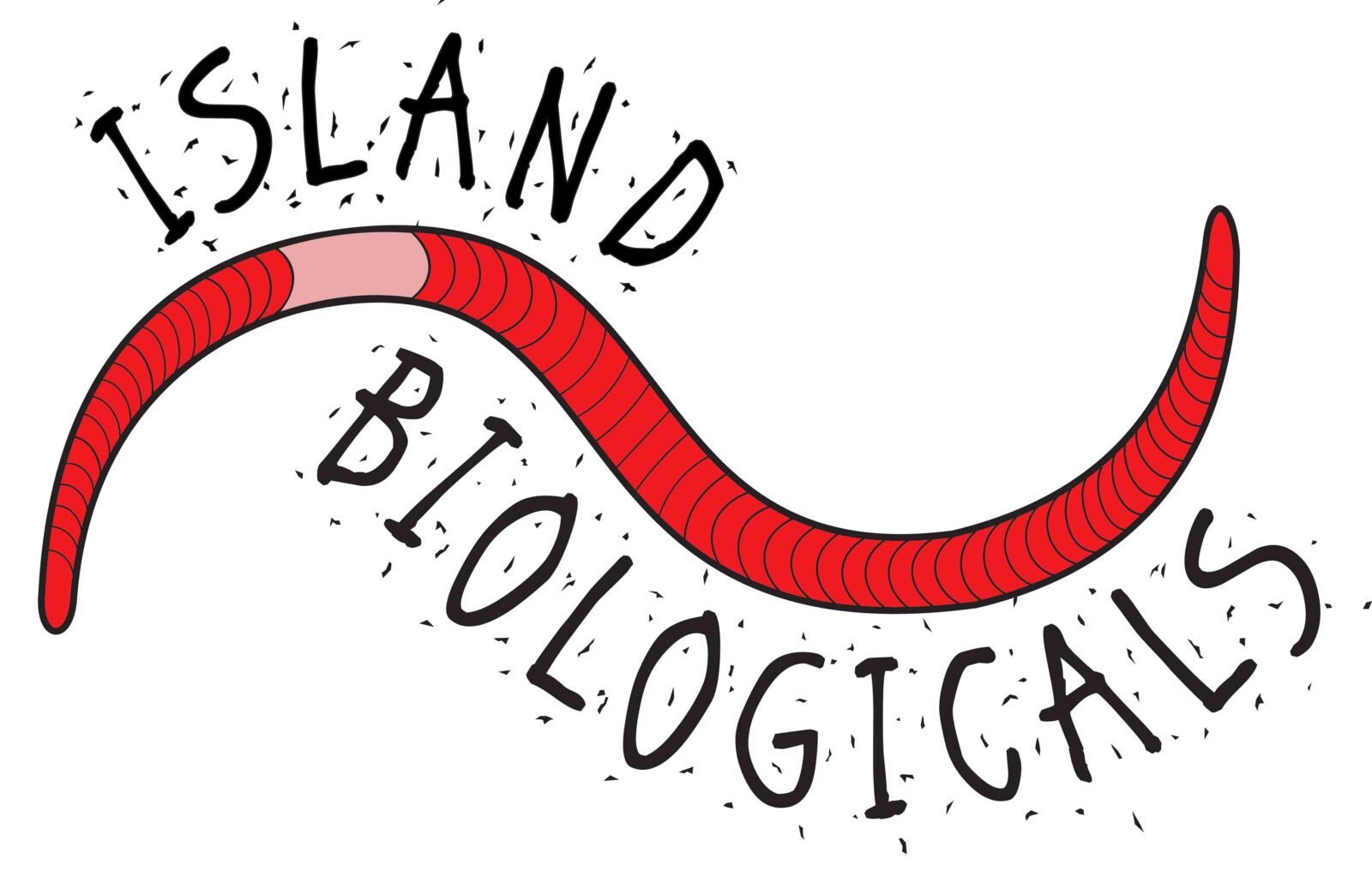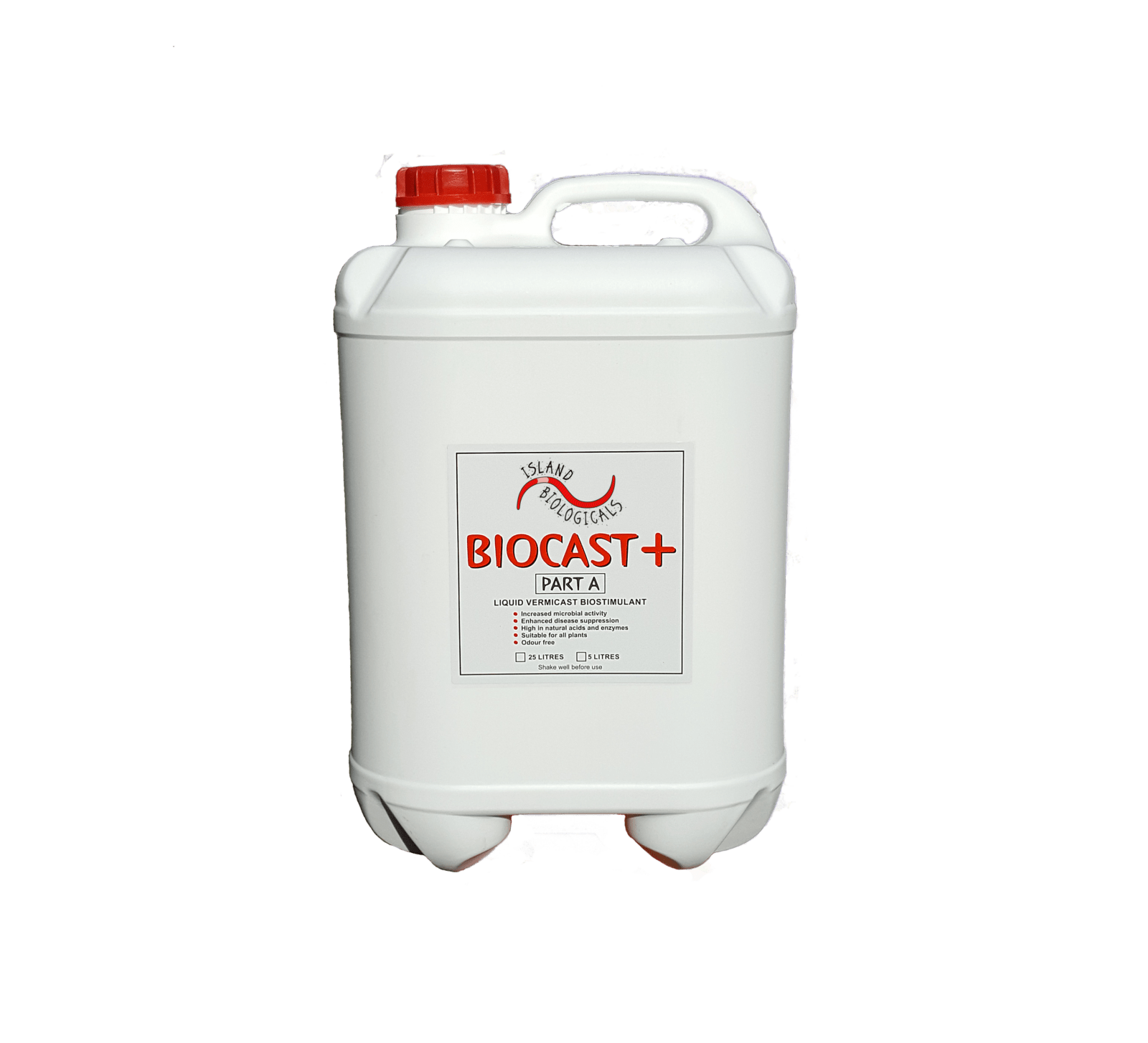
Firstly, if bushfire has happened to you, our condolences. It surrounded our town and rampaged through our valley in November. Thankfully we emerged somewhat smoked out, heart-sore and jittery but otherwise undamaged. For too many of our friends, and too many across the country, it’s not the same story. This article explains some of the damage that can be done to soils in a hot fire, and provides a simple recipe to help bring it back to life.
Unseen damage
There is something so very heart-warming about seeing those first shoots emerge post-fire. Happy days! Nature is wonderful at re-balancing and restoring, and it’s easy to think that that initial green indicates all is well. However; depending on the intensity and duration of the fire there could be damage to the soil which can take years, or even decades to recover.
This can look like:
- Loss of soil structure, and with it loss of water holding capacity: pick your soil up, does it hold together at all or fall apart like dust or beach sand?
- Hydrophobia – water repelling coatings on soil particles mean rain, when it comes, can’t soak in: do a water infiltration test
- Loss of topsoil to wind and water erosion: observe your soil surface. Are there little piles of dirt accumulating at the base of raised objects like sticks and grass bases? Are there little ‘smiles’ on the ground showing water has traveled over land? (see picture)
- Outbreaks of weeds: what is germinating?
- Loss of microbe diversity, and changes in microbe composition – for example some fungi are extremely sensitive and will die, while others love it and can be seen fruiting soon after fire. Agroecologist Nicole Masters says that the top five centimeters will be most impacted, and can experience a 50% reduction in fungal diversity. She also says that the free-living nitrogen fixers are heavily impacted.
- Loss of certain minerals through processes such as oxidation and leaching, and the binding up of others. Nicole Masters states that nitrogen, sulphur, phosphorous and boron show a spike in the short term after the fire, but drop off in the longer term, which can have ongoing productivity impacts. This can also impact water quality. [The nitrogen spike is what makes regrowth so bright green. We were interested in learning more about it and found this a good link.]

Little ‘smiles’ formed by organic matter and other loose material surrounded by bare soil are a sign that water is flowing over land, and there is risk of erosion. Some of the ‘smiles’ are marked with blue, the red arrow shows the general direction of water flow.
Now seeing as we’ve mentioned Nicole Masters twice in quick succession it’s worth noting here that she has given an very informative talk on post-fire soil recovery which you can view here and below, and on which we base the rest of our information.
Post fire soil recovery
To intervene, or not to intervene? This is something we’ve been pondering, given that Nature has her own techniques. (Check out this vid of mushrooms helping restore Nightcap NP.) It always comes back to what you’re managing for though doesn’t it – to what you want to create. We also have the context that this has been an insanely big fire season, and some of Nature’s normal coping mechanisms may have been compromised for the timeframe that we would like them to activate within. Thankfully, the solution Masters proposes is something we would put into what her colleague Kim Deans calls the ‘no regrets policy’, where the action doesn’t have a down side, at least in agricultural settings.
So if you want to speed up recovery, return to production potential quickly, bypass annoying weed cycles, keep topsoil, have clean water and water soaking into soil, you can try this.
It’s all about microbes
The problems described above are interrelated, and come back to what makes soil, soil: microbial life. Where fire can kill soil, the addition of microbes when plants are coming back can bring it back to life – which is the same story for other forms of soil death too such as prolonged drought, inappropriate grazing regimes, over-tillage, bare fallow and so on.
When we talk about microbes we are principally talking about the full plethora of bacteria and fungi which live both freely in soil and in roots. These are the primary soil builders. They need photosynthesising plants to feed them carbohydrates, and in exchange they create optimal conditions for plant growth by excreting compounds such as a glue called glomalin and humic acids and creating humus. Our favourite way of thinking of humus (thanks Walter Jehne) is as a cathedral in worship to the plant, holding for it water, oxygen and bio-available minerals. Humus is the delicious spongy stuff which is healthy soil. When we have humus we have nutrient cycling, good infiltration and water holding capacity, resistance to erosion and general fertility.
Additionally, something Nicole Masters discusses in her talk is how microbes create conditions to suit different types of plants – so the more ‘weedy’ annuals are typical of bacterial-dominated soils (which is what we see post wildfire); perennial grasslands like balanced bacteria and fungi; and forests and woody plants prefer the fungally-dominant soils. Therefore, by adding in and feeding fungi we can create conditions for our desired plants and make things inhospitable for weeds.
Recipe for success
In the case of fire damage, Masters proposes a simple soil recovery recipe with prebiotics (microbe food) and probiotics (living microbes). We obviously got very excited and had to share because she advocates worm cast extract as one of the ingredients, and our Biocast+, with it’s diverse microbes and fungal dominance, fits the bill. You can DIY with a good aerobic compost tea or Korean Natural Farming brew too though. or similar. You want something with plenty of fungi, and remember if it smells bad it is bad.
The quantities in the recipe presented here are different from those presented in the talk. For starters we’ve converted them to litres per hectare, but when we initially posted them on Instagram Nicole replied with a version for those on limited funds – this is what we’ve included here. Higher application rates (2-4 times) can be used. Incidentally, the rate quoted below is our normal recommended application rate for Biocast+.
Ingredient L/ha
Fish hydrolysate 7
Molasses 1
Liquid lime 10
Humic acid 1
Worm cast extract 5
Masters explains that the fish is a complex carbon food source for fungi, rich in bioavailable phosphorus, nitrogen and sulphur. Molasses is a simple carbon food source to stimulate a broad range of bacteria, and is also high in minerals. The lime is for calcium, essential mineral food for microbes and it helps to break down hydrophobic coatings on the soil. You can make your own with superfine lime and apple cider vinegar. Humic acid is another fungal food and great for soils. The worm cast gives the probiotic element, as well as an array of biological signals (such as hormones) which assist plant health.
Application
- Foliar/ soil surface spray
This recipe can be applied before or after the first shoots emerge post fire for soil recovery. If there are green plants they will help to keep the microbes alive. If there is bare soil this recipe will help to prepare the soil for new life. It’s a bit the chicken or the egg. You may find two or more applications beneficial, especially where the land was already stressed from the drought. Mix ingredients together with enough water to reach the desired application rate, and apply through a boomless nozzle.
If you are reseeding or replanting, using Biocast+ on its own or with the above extra ingredients will be beneficial for getting those plants established rapidly and building humus. For more information on how to use Biocast+ like this see here.
To get 25% off your order use the code ‘FIRERECOVERY25’ at the checkout and then click ‘apply coupon’.
Learn more about our liquid worm cast extract Biocast+ here

